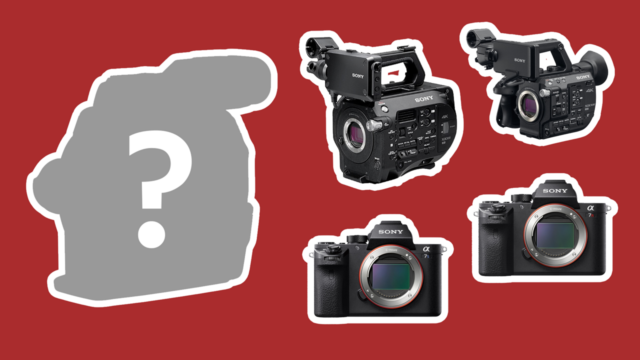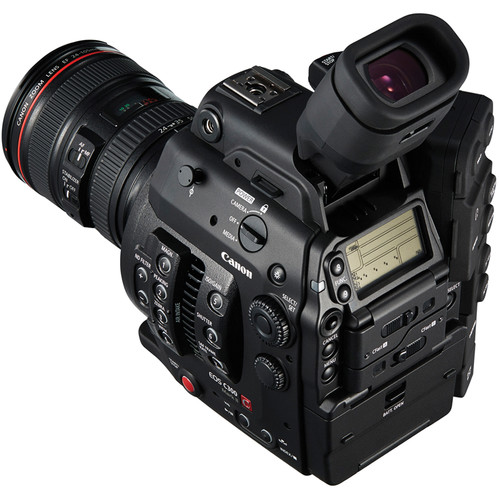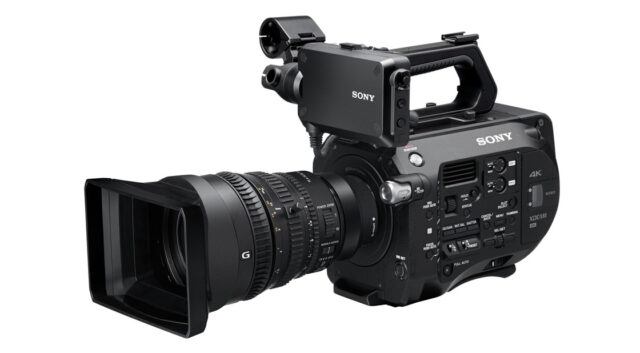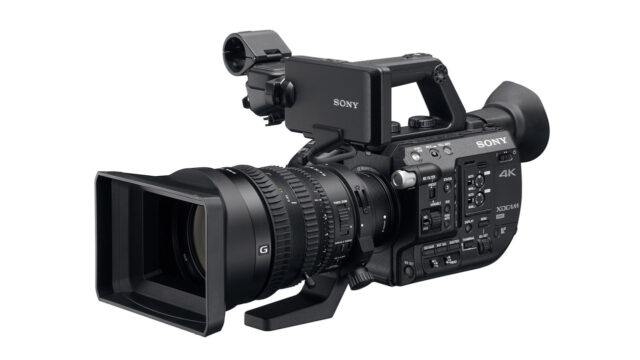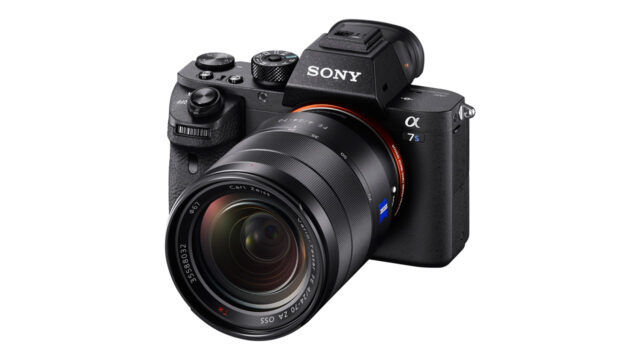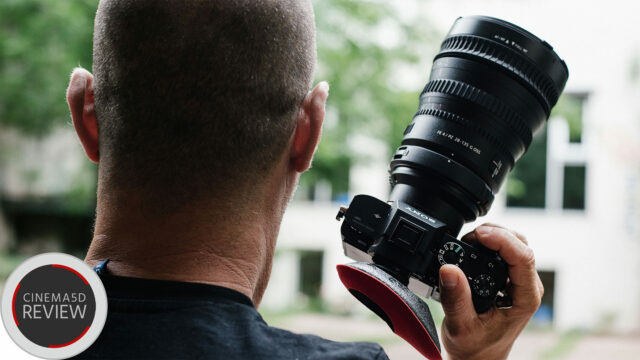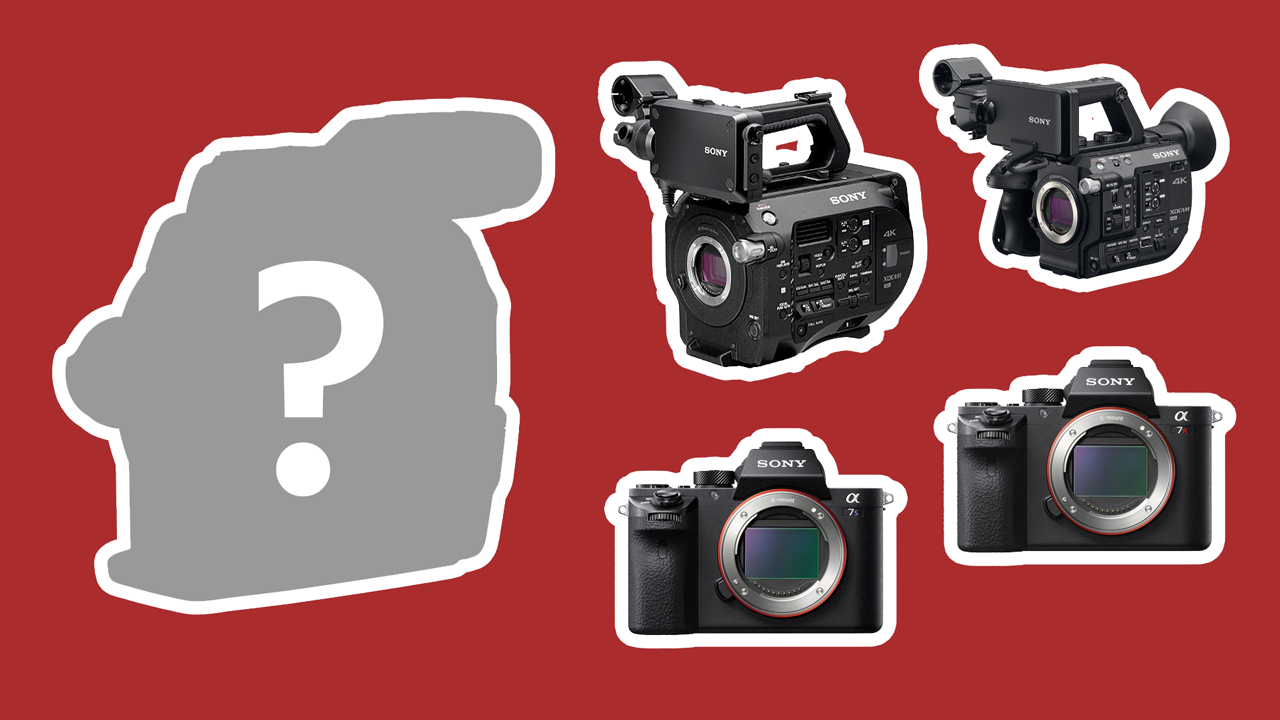
With the recent announcements from Sony at IBC 2015, is the Canon C300 Mark II still competitive? We looked at the best large sensor cameras that are new to the market.
It is more and more obvious that Canon has a different pace in terms of its product updates compared to Sony. While Sony introduces a new camera every few months, the folks at Canon usually take 2-3 years to “get things right”. At the end of the day these are two different approaches to camera development where the benefit for Sony customers is that they get a lot more options to choose from.
The Sony FS5 just came out as a little brother for the Sony FS7 and the A7s was updated to the Sony A7SII last week. Yes, it’s safe to say that Sony’s announcements at IBC 2015 were stunning. Fans of Sony now have two cameras to consider for their toolbox: the Sony FS5 and the Sony A7SII. But how do these cameras, as well as the currently available FS7 and A7r II, compare to the C300 Mark II? Let’s take another look at the specs of each and consider the options. But first, here’s a video recap of the C300 Mark II features from Andy at AbelCine.
Canon C300 Mark II
Canon’s update to the popular C300 features a Super 35 sensor, records resolutions ranging from 1080p up to full 4K (4096 x 2160), uses the XF AVC codec, and uses dual CFast card slots (it can record on SD cards as well, but only up to 2K). It can also record a RAW signal over 3G-SDI to an external recorder. The bit rate ranges from 50 Mbps for Long GOP recording up to 410 Mbps for 4K. And color space? It can handle 10 bit 4:2:2 (YCC) (only up to 2K) and 10 or 12 bit 4:4:4 (RGB) signals. The frame rates top out at 30p in 4K and 59.94 in 1080p (also 120fps cropped). It also has built-in neutral density filters: Clear, 1/64, 1/16, and 1/4. It is expected to ship in late October at a price of $15,999 (LINK).
- Price: $15,999
- Availability: Late October
Sony PXW-FS7
Sony’s closest competitor to the C300 Mark II is still the popular FS7. It also features a Super 35 sensor capable of full 4K (4096 x 2160) recording and uses a XQD memory card. Like the C300 Mark II, the FS7 is capable to output a 12bit RAW signal in 4K and 2K using the optional V-mount extension unit. It’s also capable of recording using XAVC or MGPEG-2 codecs, with bit rates topping out at 600 Mbps, and can handle a 10 bit 4:2:2 signal. Like the C300 Mark II, the frame rate tops out at 59.94, but the camera can record 120fps internally. Unlike the C300 mark II the FS7 can output a 240 fps RAW stream that can be recorded in 2K. It also has built in neutral density filters: Clear, 1/64, 1/16, and 1/4 and is currently available at a price of $7,999 (LINK).
- Price: $7,999
- Availability: Currently Available
Sony PXW-FS5
The little brother to the FS7 also features a Super 35 sensor, but unlike the C300 Mark II it only records up to UHD (3840 x 2160). It uses the XAVC-L codec (check out yesterday’s video on XAVC-L) (AVCHD as well) and records to much cheaper SD cards. The bit rate tops out at 100 Mbps for UHD recording and it can handle 10-bit 4:2:2 signals. For UHD recording it can record up to 30p, but for HD the frame-rate increases to 60p. But its slow motion capabilities are impressive: It does internal bursts at 120, 240, 480, 960 for 60i and 100, 240, 400, 960 for 50i at different resolutions. The benefit of the Fs7 though is continuos slow motion. It has greater flexibility with neutral density filters, ranging from 1/4 to 1/128 due to the new digital ND design. It is expected to ship in November at a price of $5,599 (PRE-ORDER LINK).
- Price: $5,599
- Availability: November
Sony A7SII
The update to the A7s features a Full-Frame sensor, and like the FS5 it records up to UHD. Like it’s predecessor, it uses the XAVC-S codec (AVCHD as well) and records to SD cards. But the new internal UHD recording capability (up to 30p), as well as 120 fps in 1080p, obviously set this camera apart from the first A7s. It can handle up to 100 Mbps for UHD, 100 Mbps for 120 fps 1080p, and 50 Mbps for 59.94 fps 1080p. XAVC-S is restricted to 4:2:0 recording, but a 4:2:2 signal can be recorded through the HDMI output. Two significant ergonomic limitations differentiate this from both the C300 Mark II and FS5: no internal neutral density filters and the recording limit of 29 min 59 sec. It is expected to start pre-orders tomorrow at a price of $2,999 (PRE-ORDER LINK).
- Price: $2,999
- Availability: September 17
Sony A7rII
The Sony A7rII (check out our review) features a Full-Frame sensor, and like the A7s and FS5 records up to UHD. It uses the XAVC-S codec (AVCHD as well) and records to SD cards. It was Sony’s first mirrorless camera to feature internal 4K recording. In fact, this camera is quite similar to the A7SII, albeit with some differences. For example, it does not feature the 120 fps 1080p recording capabilities of the A7SII, it has a different sensor that is less strong in lowlight and performs actually a little better when used in super35 mode. Also it is a better photo camera than the A7SII. Other than that both cameras are very similar. It is currently available at a price of $3,198 (LINK).
- Price: $3,198
- Availability: Currently Available
Final Verdict
So, is the Canon C300 Mark II still a competitor? And which is the best large sensor camera at this time? As always, the answer depends on your needs.
The Canon C300 Mark II certainly has features that the Sony FS7, Sony FS5 and the Sony A7SII do not have. If, for example, full 4K and higher internal bit rates are critical for your needs, then it certainly has a leg up on the FS5 and A7SII. But the Sony FS7 is a serious competitor to the C300 Mark II at nearly half the cost and with very similar features and even some advantages like external 240fps RAW. And if budget is a major concern, especially considering the cost of CFast cards for the C300 Mark II, then Sony’s offerings are certainly worthy opponents of the C300 Mark II.
Here are some more articles from our archives for you to consider as you examine your options:
